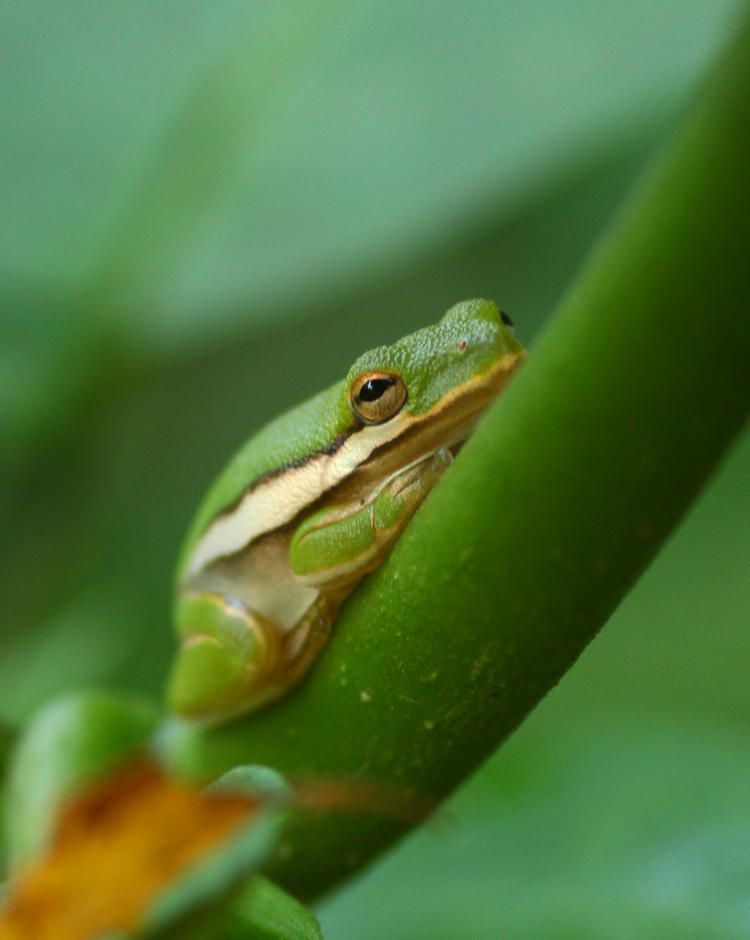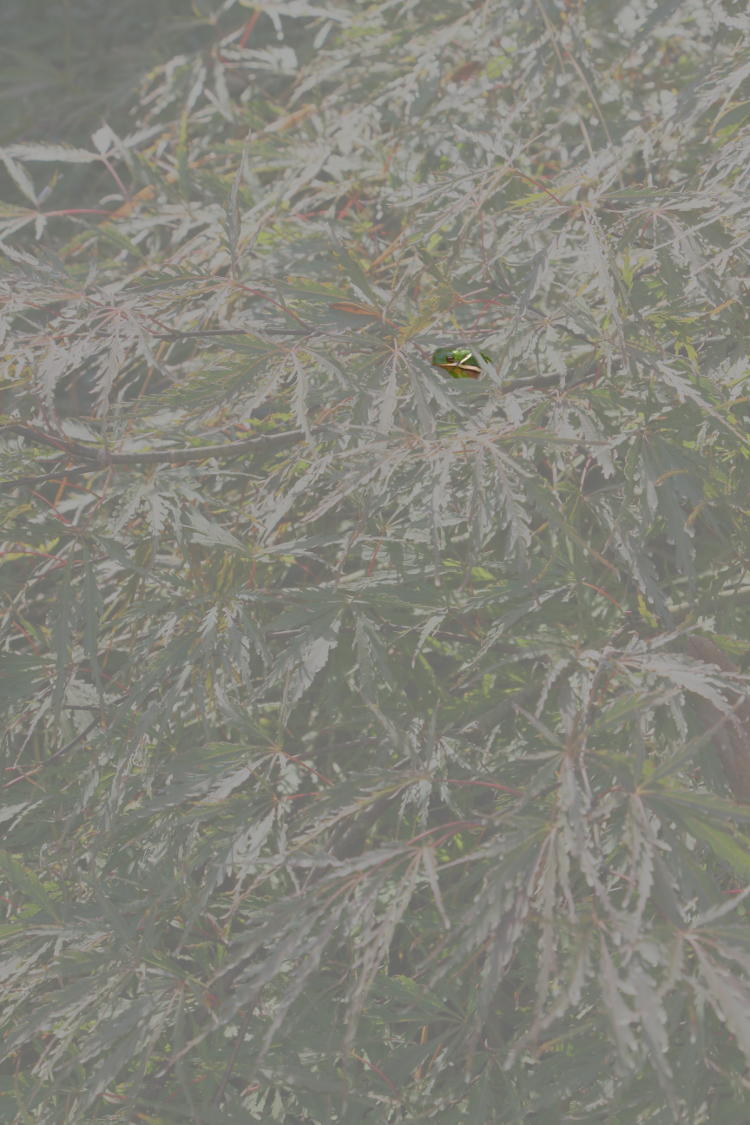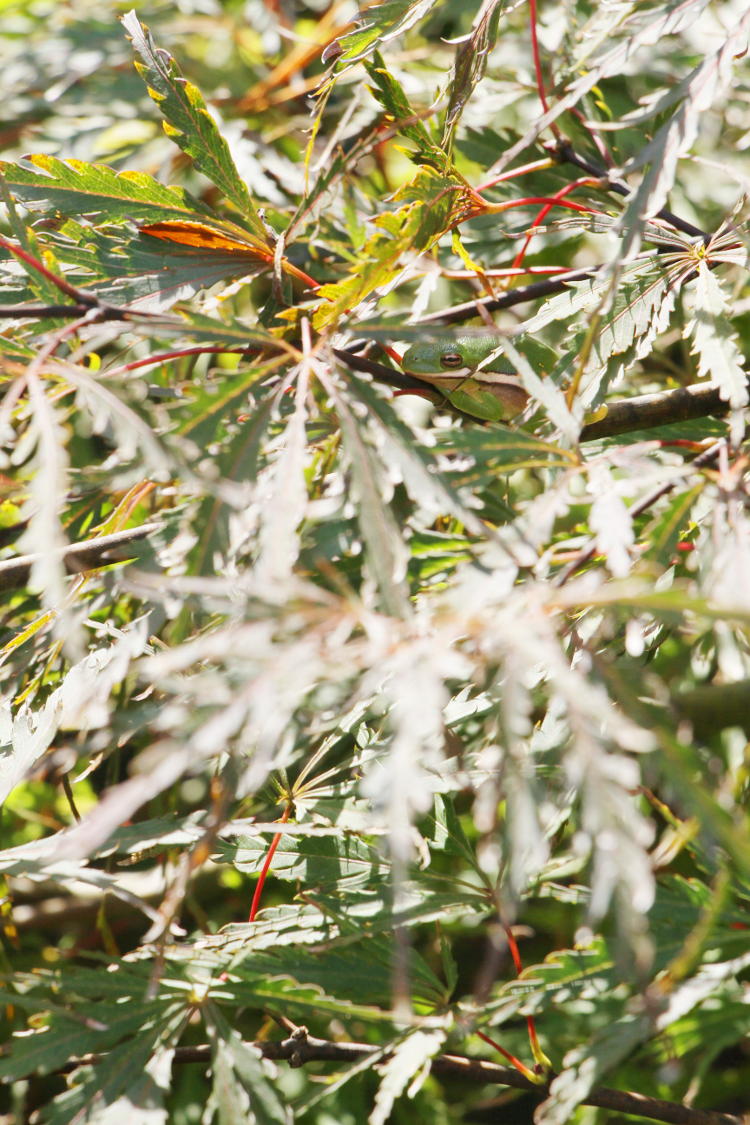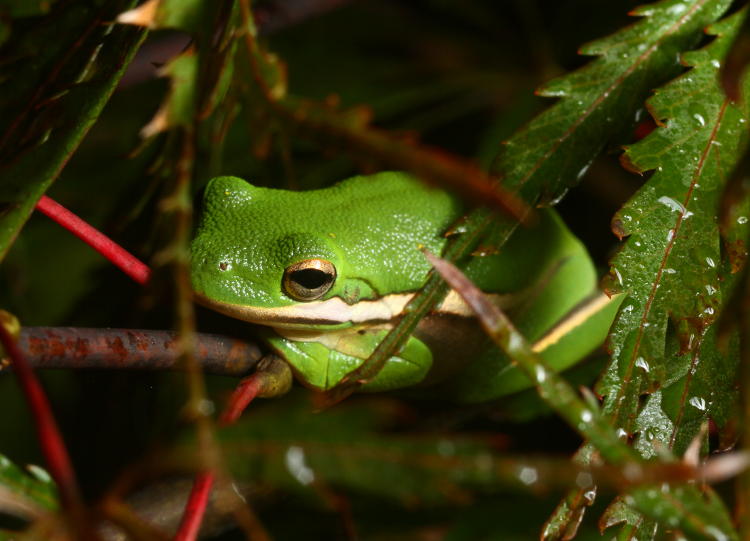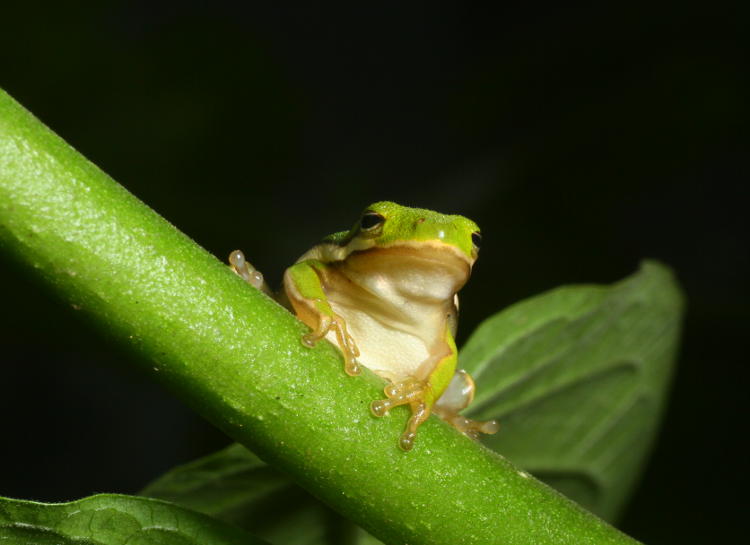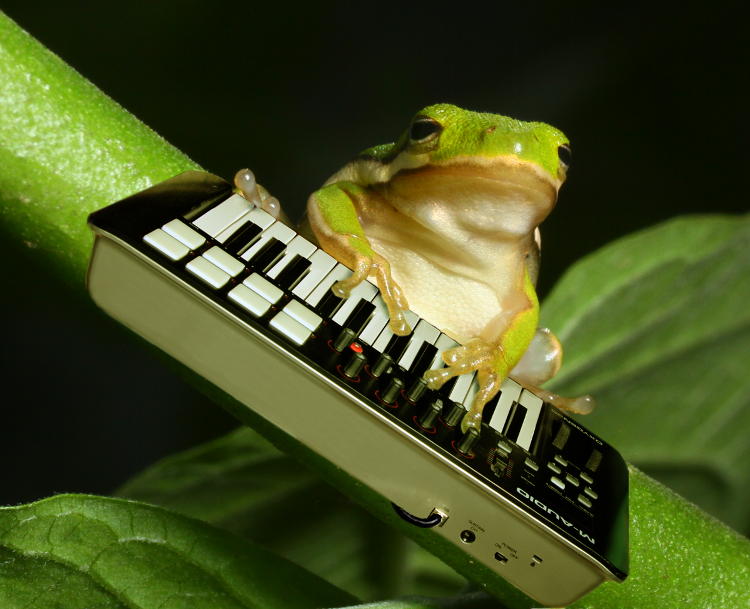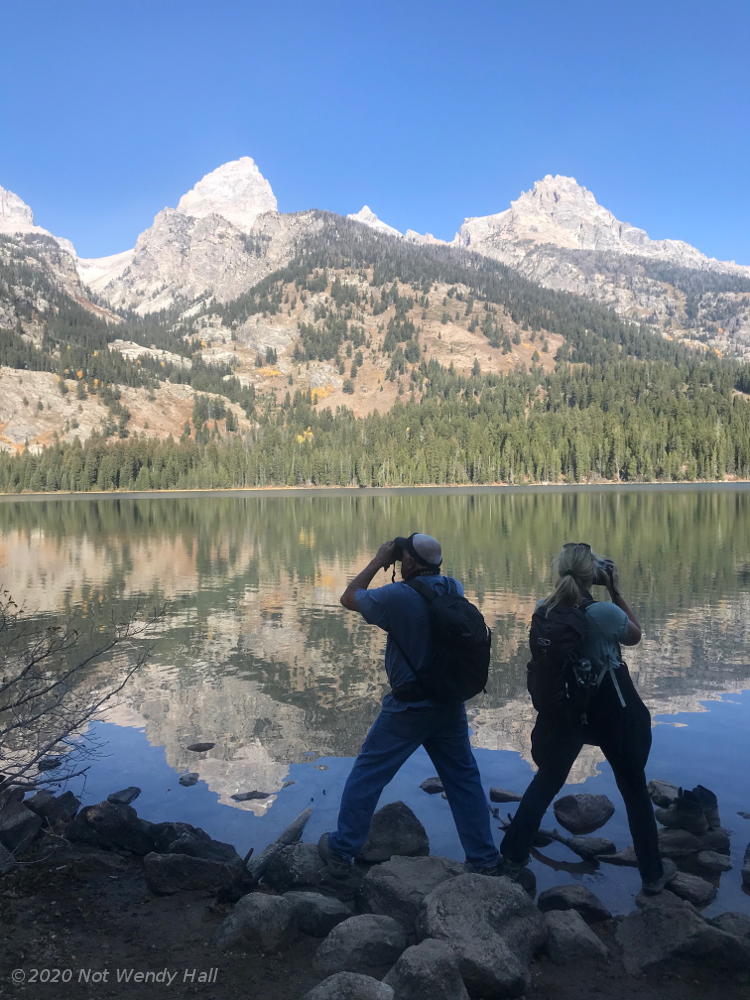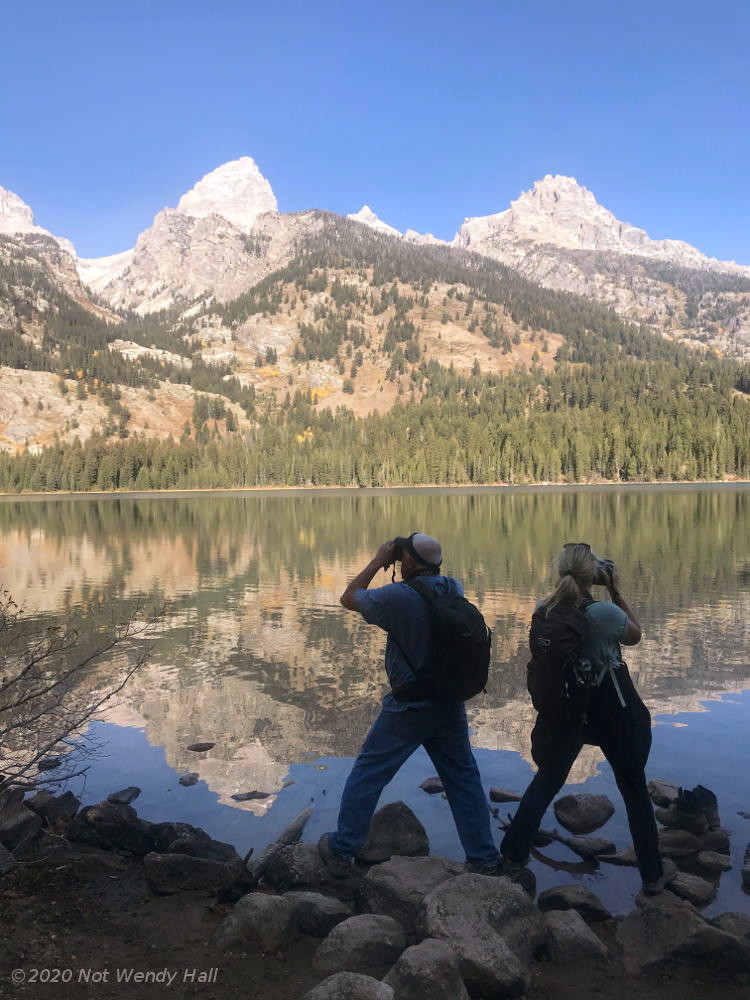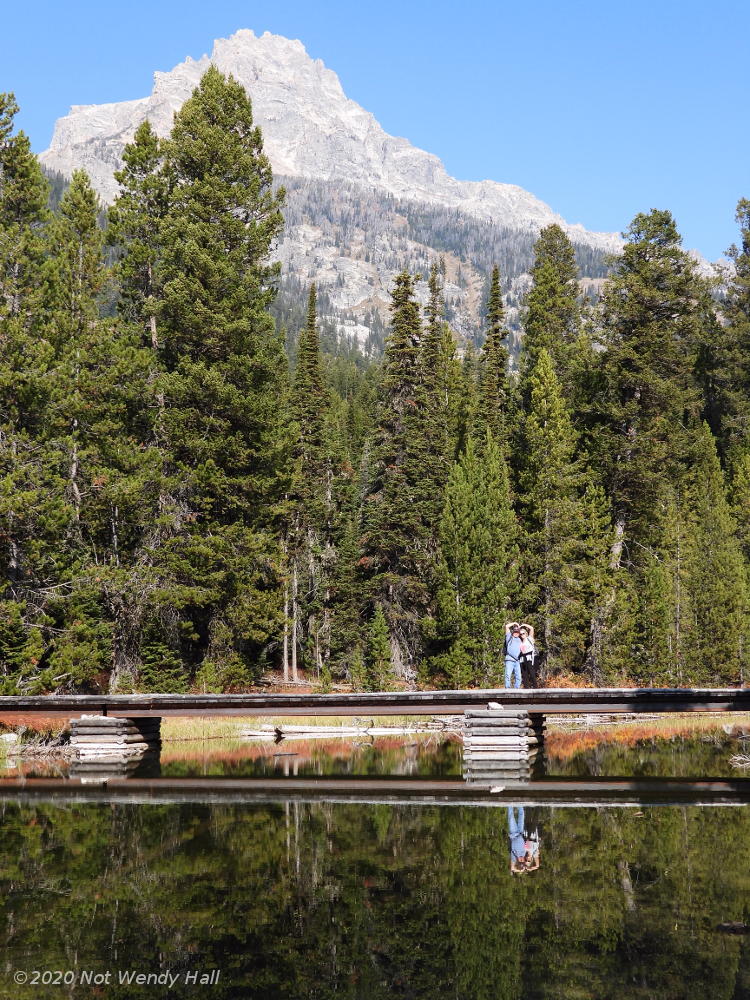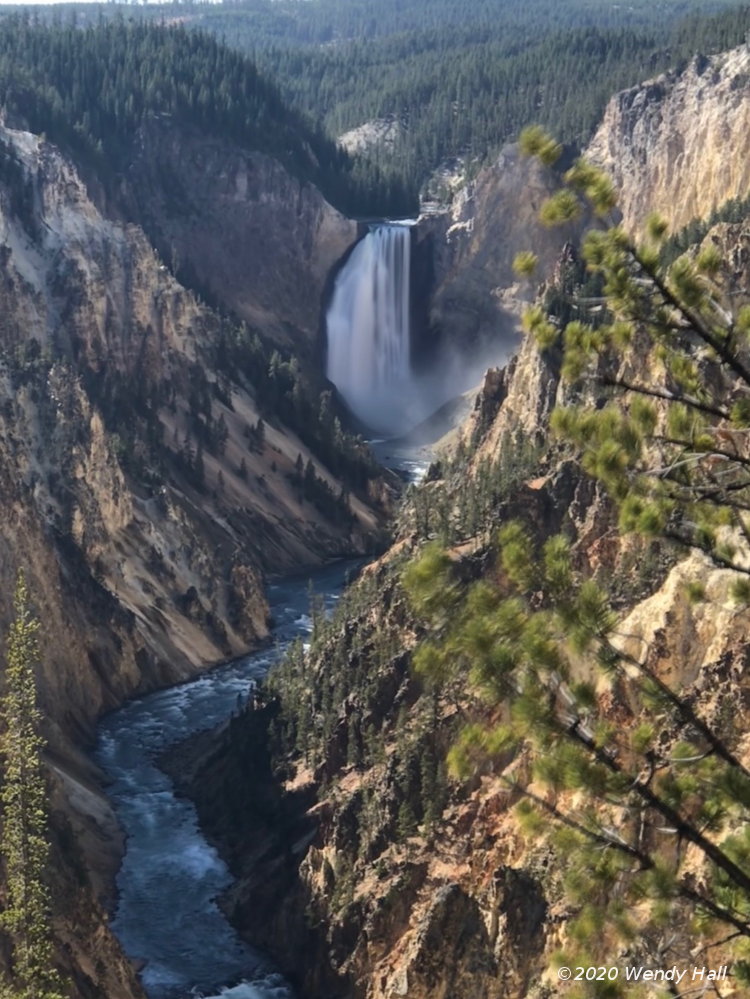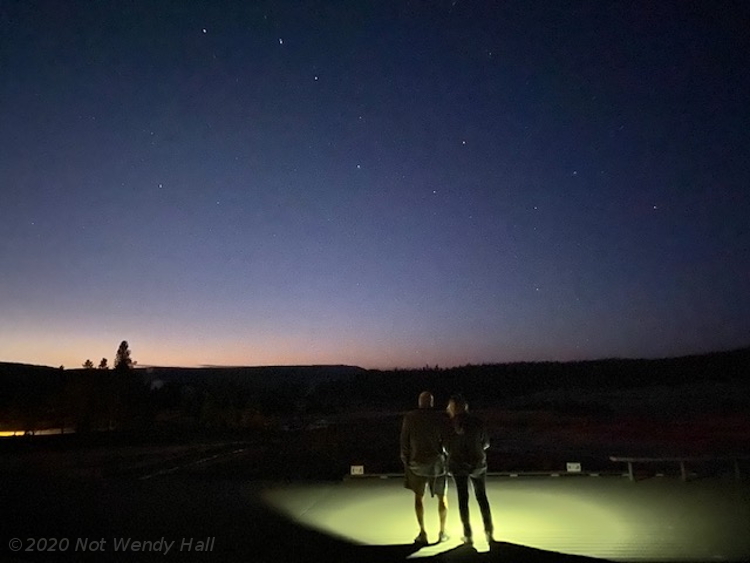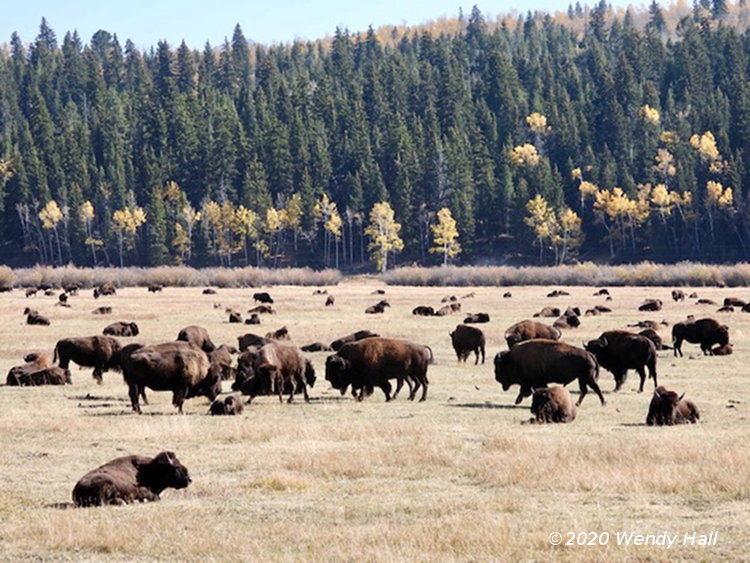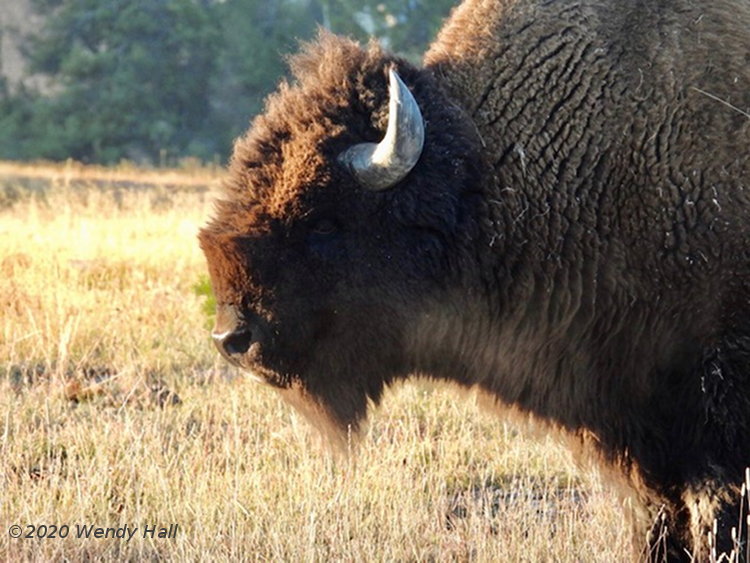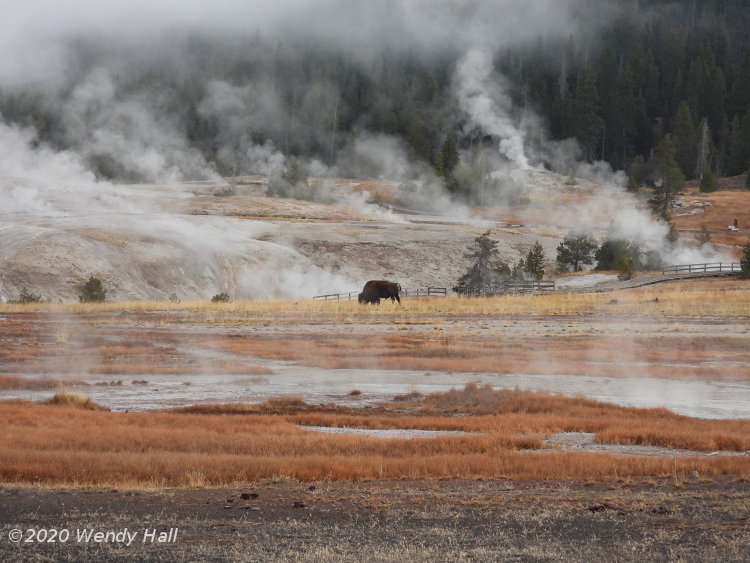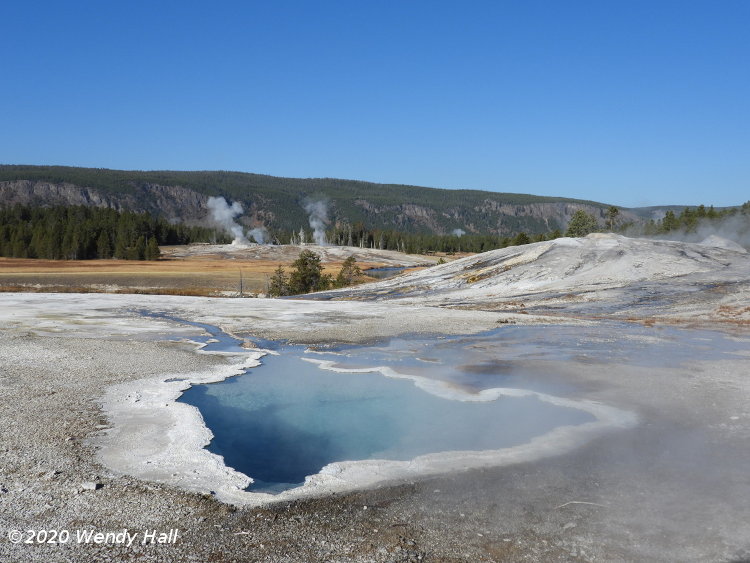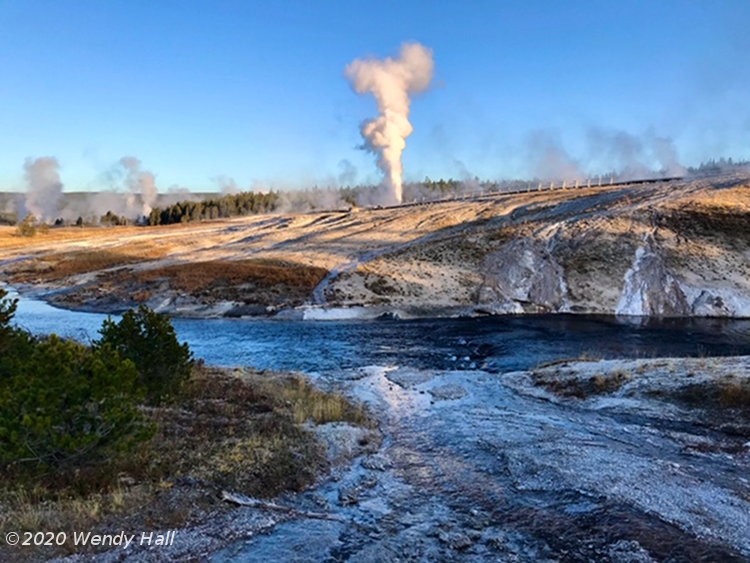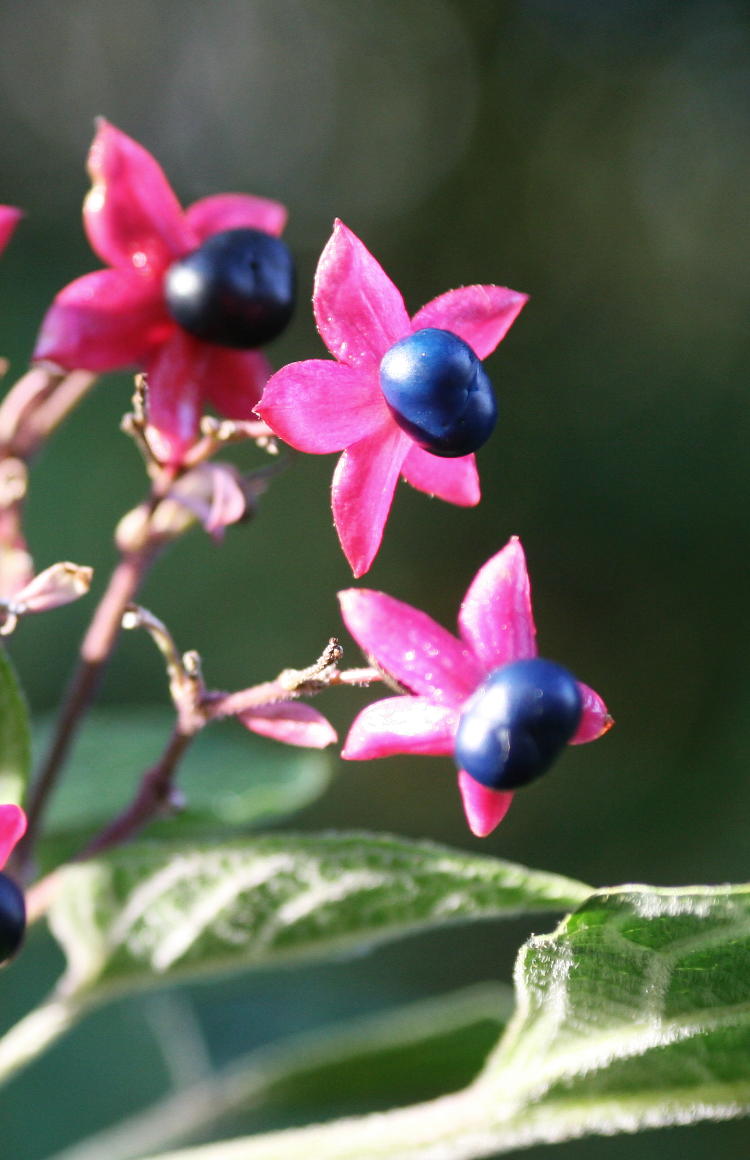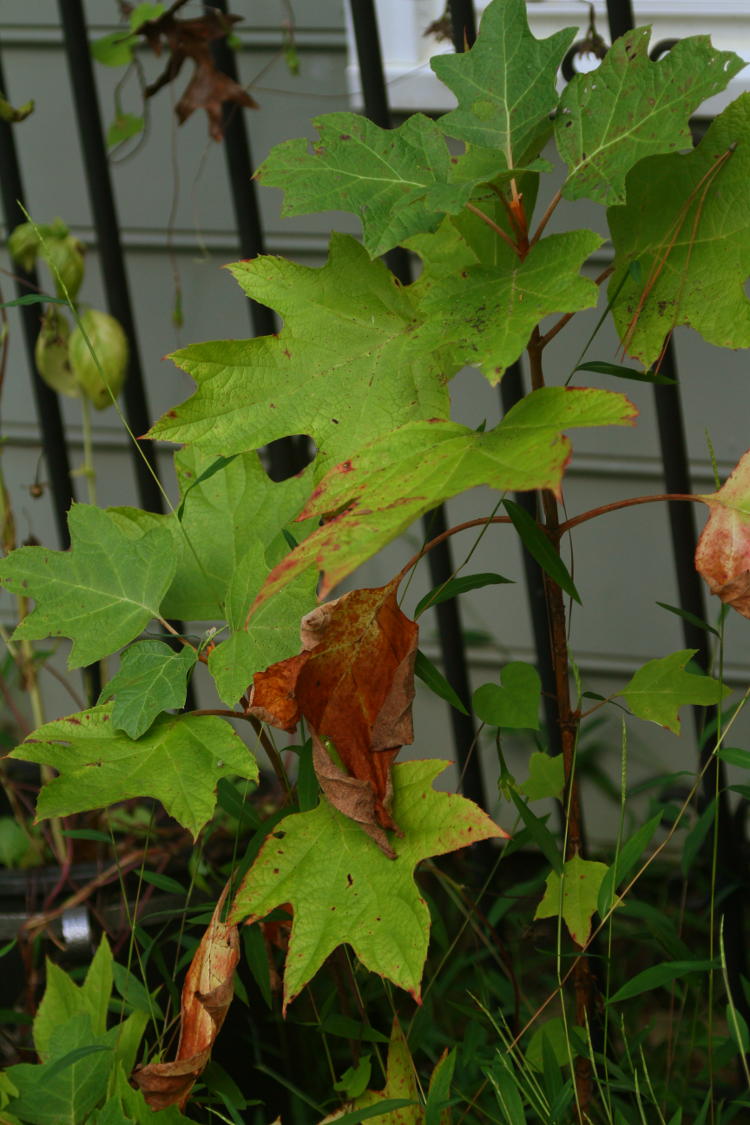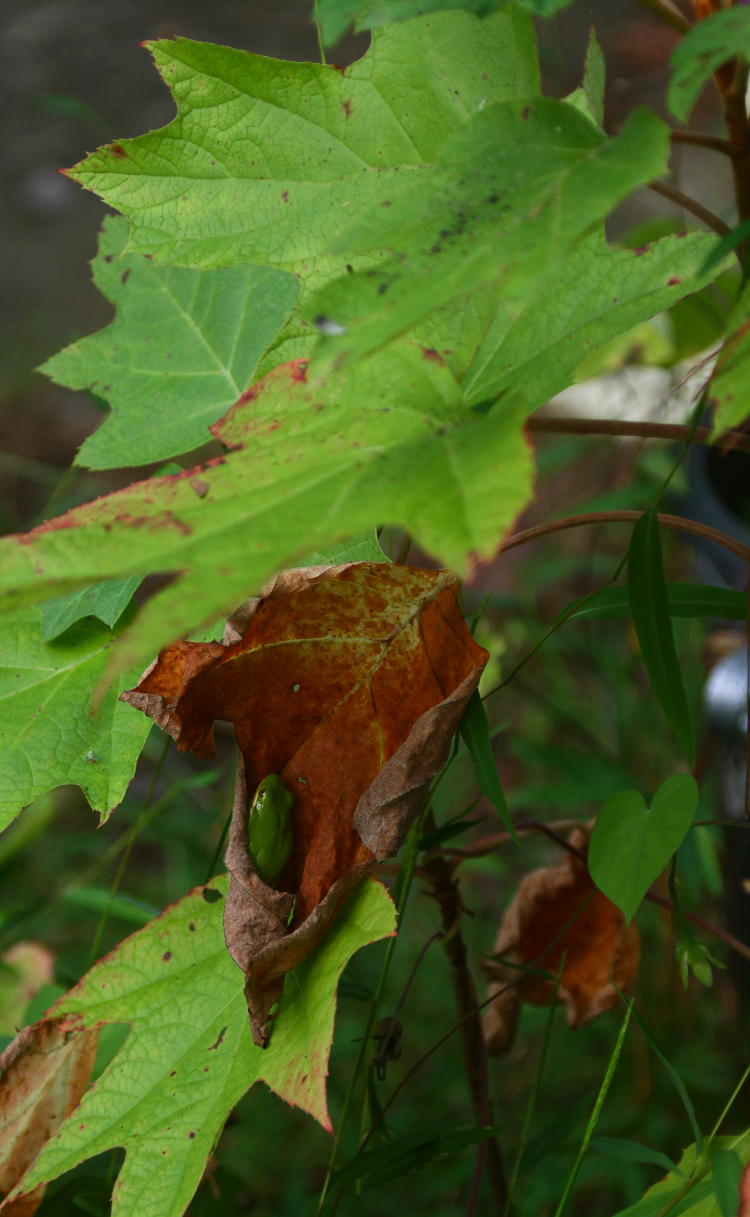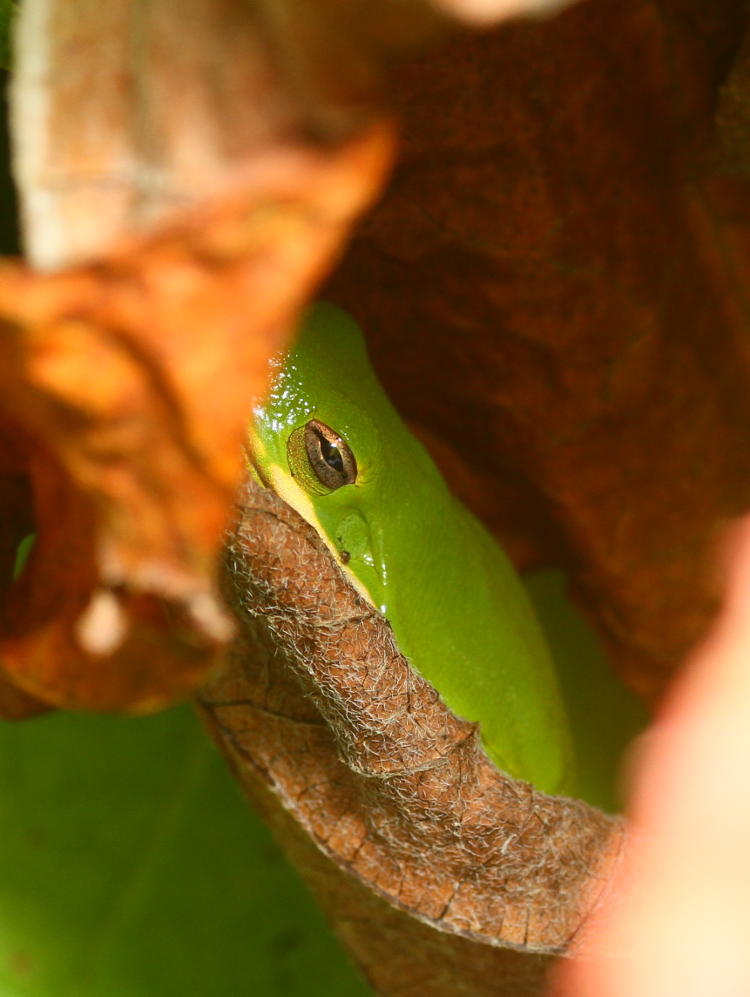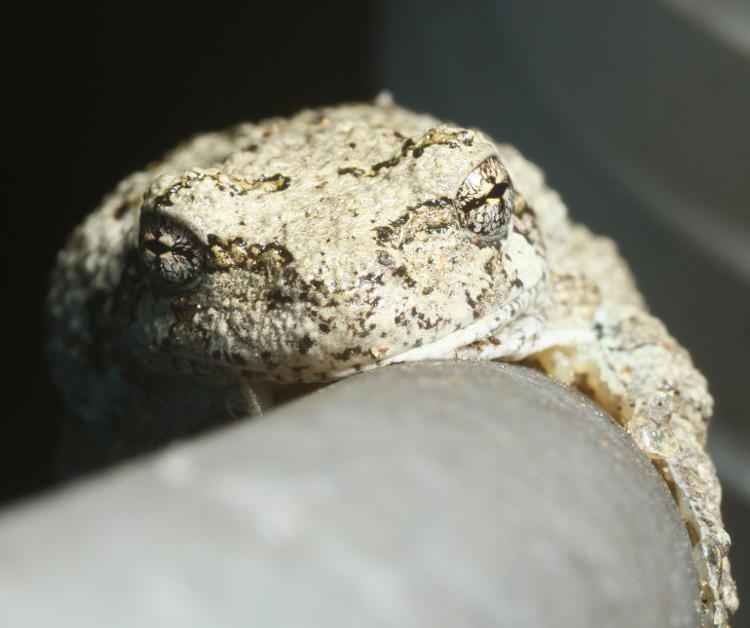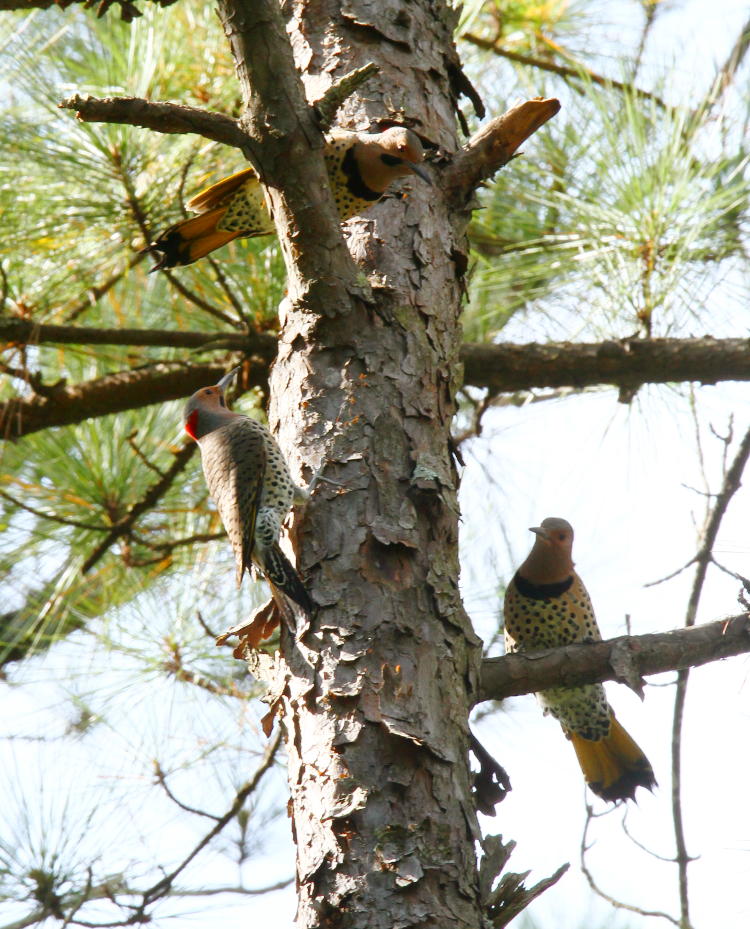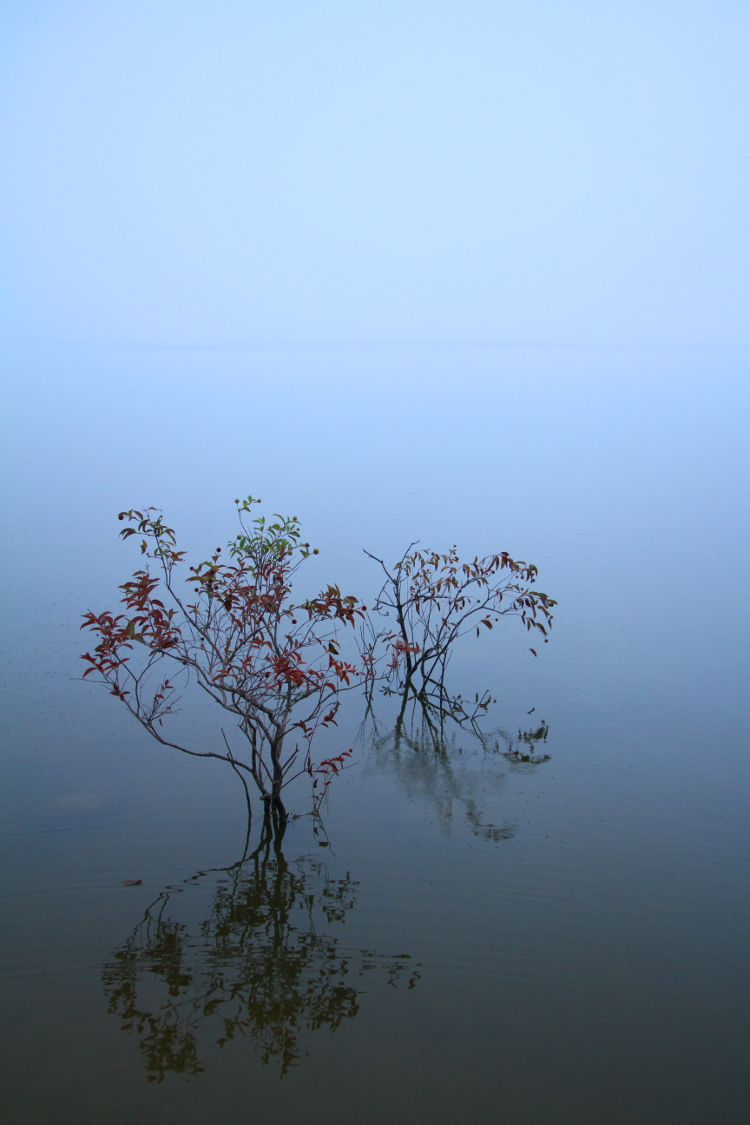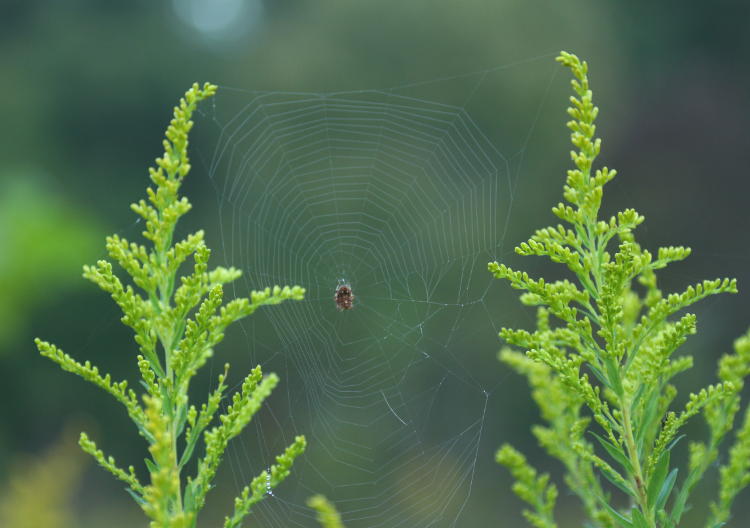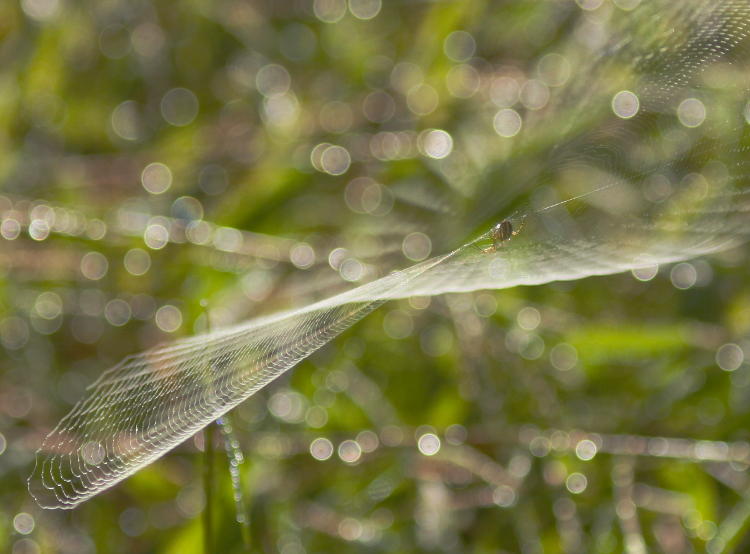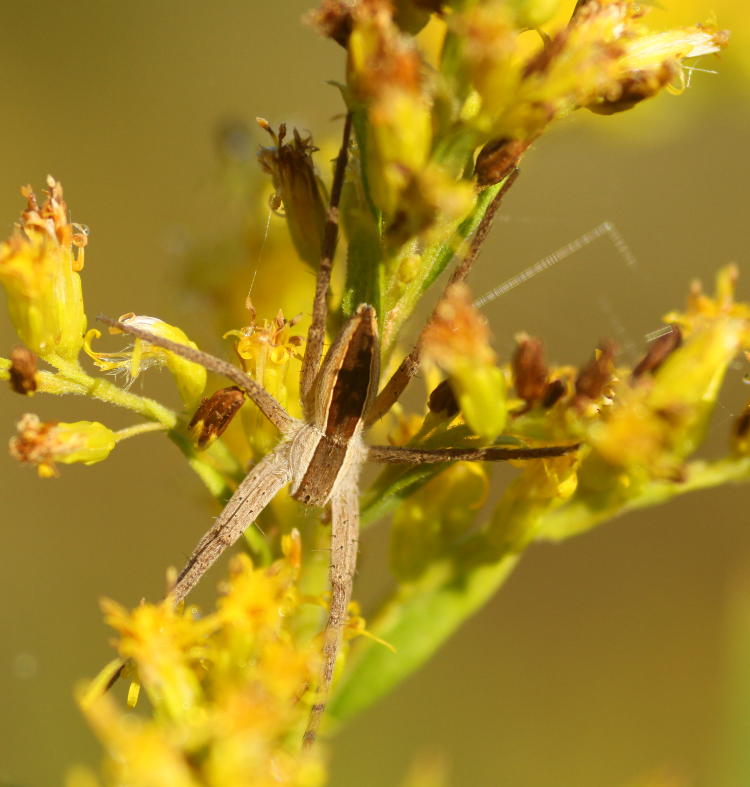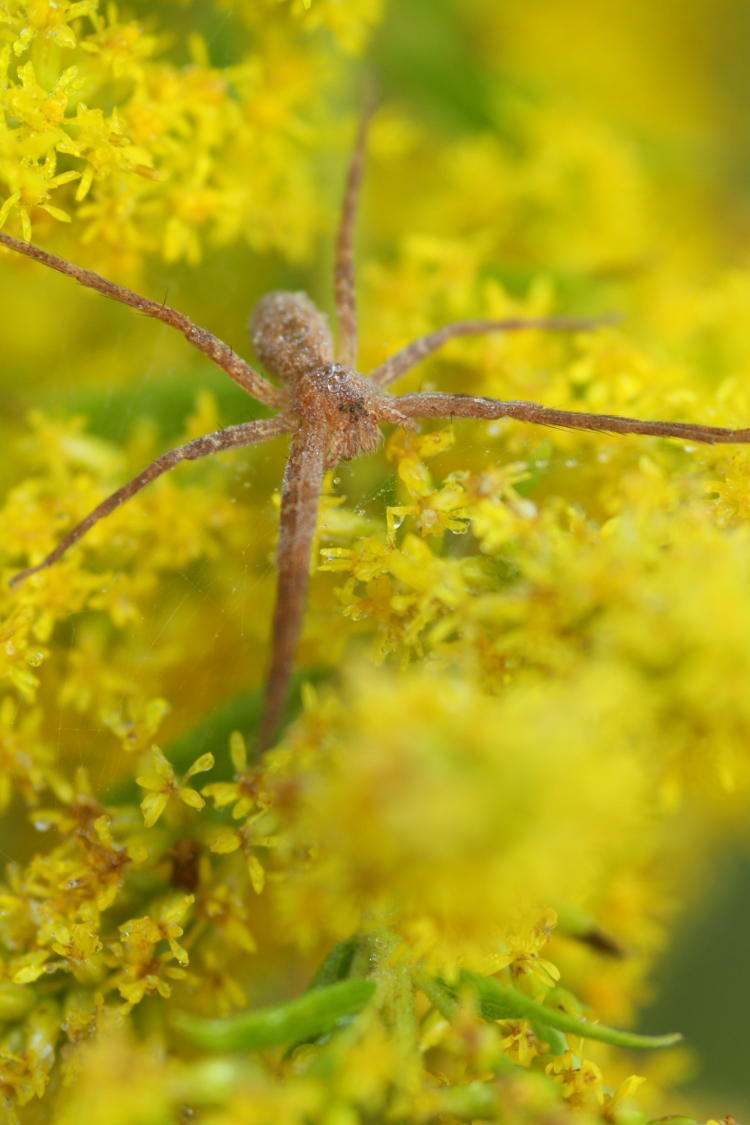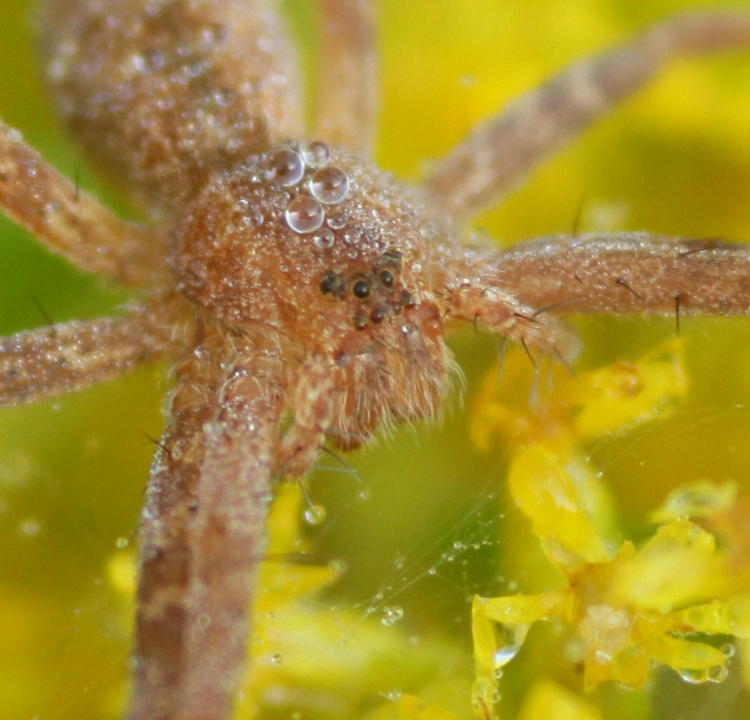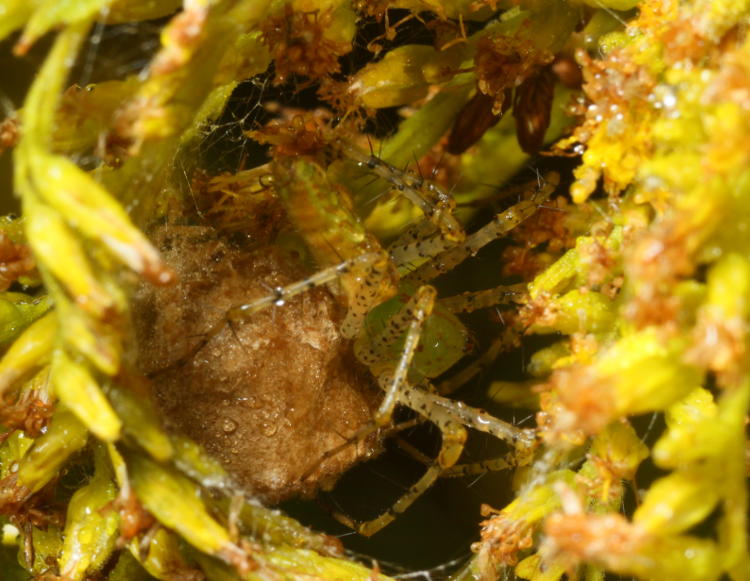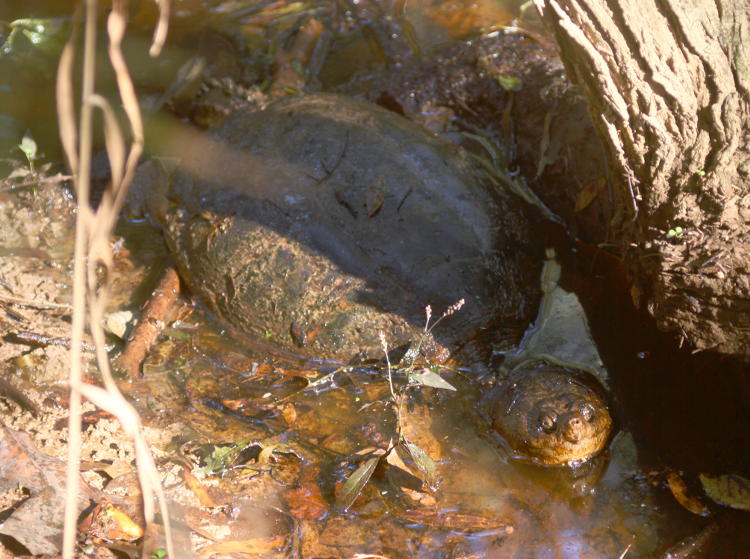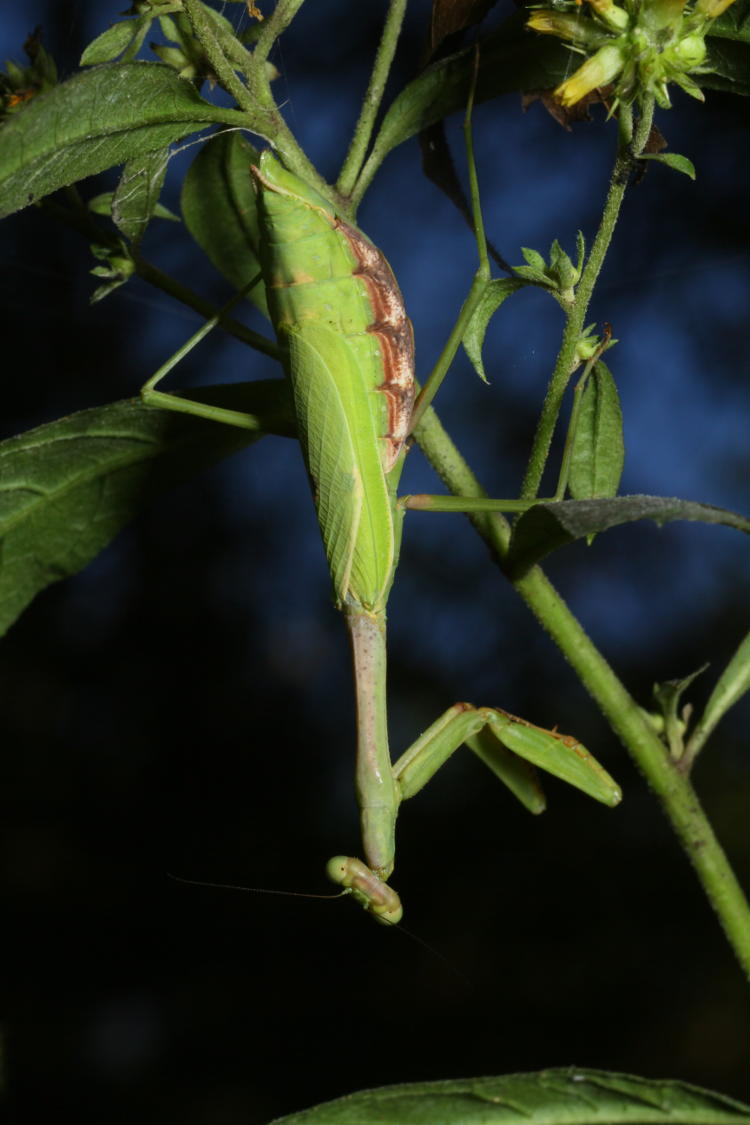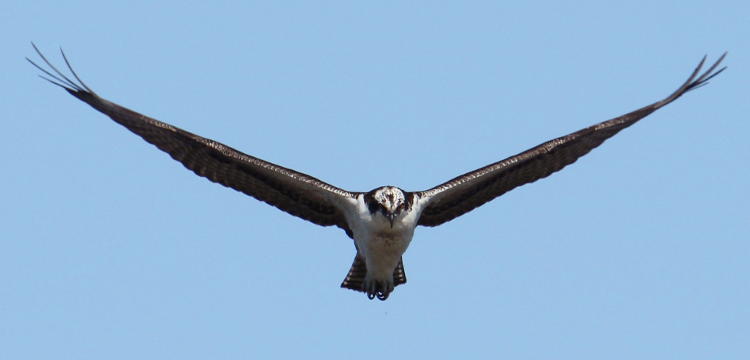Various aspects and versions of this one have been tackled before, but I decided to approach this directly when reading about some of the alternate theories (other than the Big Bang) regarding the beginning of the known universe. The author said that there were two approaches to some of the traits that have been proposed as alternate scenarios:
- We can attempt to devise a theoretical mechanism to explain those phenomena, while simultaneously maintaining all the successes of the prior theory and making novel predictions that are distinct from the prior theory’s predictions.
- Or we can simply assume that there is no explanation, and the Universe was simply born with the properties necessary to give us the Universe we observe.
The second outright announces that no one’s even going to try and piece together any explanation or attempt to understand why it is the way it is. But the first is how science works, and what we endeavor to do all of the time; it’s how we get answers, the only way, really. And this approach has stood up well for centuries, and is responsible for damn near all of our accomplishments as a species. It is, in fact, the primary thing that we consider sets us apart from all other species, not acting on ‘instinct’ or mere survival traits, but puzzling out our world to wring the most from it.
Immediately, I recognized this disparity in terms of religion, most especially of an active god, no matter what the concept, or how active anyone considers it. The moment we apply the idea that there is a deliberate, conscious being that is directing any portion of the universe, or even just our single species’ affairs, we immediately raise the question of Why? And, to be honest, the questions of How? and even Where did it originate? spring up too. Except, not to 99.99% of religious folk, the ‘Number Twos’ who dismiss such questions and simply assert that this is the way things are – no need to know anything more, no need to find answers. But like the alternate theories of the universe’s origin, the very act of asking the questions shows the flaws in the entire premise.
Now, for the past decade or better, I’ve been inclined to view all life from a perspective of evolutionary psychology. Each species has the traits that it does, including its behavior and instincts and drives, because these were what worked best among the variations that sprung up over the millennia, what promoted its survival and reproduction. We may consider cannibalism among insect species to be distasteful and worse, but that’s because our perspective tells us that this is detrimental – and it would be, to us as a social species with specific cooperative needs, but we can’t (or shouldn’t) judge other species by our own standards, because we don’t have the same demands from the environment. And when it comes down to it, many of our decisions – probably most – are at the very least influenced more by the instincts that we developed, the inherent perspective and desires, than by our vaunted reasoning powers. Even when we do something as frivolous and unnecessary to our survival as creating artwork of some kind, we do it because it provokes specific emotions within us and, most often, because we want recognition or at least some ‘fellow feelings’ from others, that social interaction thing. To say nothing of actually getting paid for such things and the survival benefits that that promotes. We are not a singular, independent species such as snakes, on their own from birth and gaining no benefit from group/pack behavior, nor a rigidly cooperative species like bees, relegated to a specific task and engaged in a hive-wide quest for reproduction of a single queen’s genes. We have a niche, and are this way because of the environment in which we developed. Had it required either more or less competition, we would be entirely different in outlook and behavior.
Which is why the idea of a supernatural, thinking, and deliberate being is so hard to fathom. First off, from nearly all accounts, this being is perpetual, so there are no survival needs or demands. Monotheism, the idea that there is only one god, is a relatively recent development in cultural history; if we allow for multiple gods, then the ideas of interaction and competition among them may foster some traits with a faint similarity to our own – or they may not because, again, such traits are there to support survival and reproduction, not something that would be any kind of necessity to gods. But if we embrace monotheism, then the very idea of social interaction, and everything that this entails, makes absolutely no sense. There isn’t even any concept of ‘good’ or ‘bad’ because there is no possibility of positive or negative outcomes: this being does what it does, and no consequences can accrue. There is no reason, purpose, or function over caring about anything.
This even boils down to any actions such a being would take. Why bother? Why do anything? What would this being’s goals or even desires entail? How could it even have such? Traits such as omnipotence and immortality don’t lend themselves to any kind of progress, and we can only imagine how the passage of time is even viewed. We may posit, for instance, that boredom is the motivation for this being to create the universe, or us, or whatever – which isn’t a particularly comforting thought, since it quickly leads to what else this being would get up to under the same impetus. Does it need to stimulate its intellect by playing games, setting arbitrary rules (for itself or its creation) just to see what happens? Such a posit immediately dismisses the idea of omniscience, since the outcome would already be known then – as would everything else.
And no one wants to examine this idea of an immortal being that could possibly get bored, because it would – far beyond our ability to comprehend, to be honest. Our own species took a few billion years to develop to the point that we could start even understanding the rules that this being created, and in that time – what? What was it doing while that was happening? Okay, fine, let’s posit that the passage of time weighs differently for it. But this would then mean that all of human day-to-day interactions, or even those of the last several centuries, are but a single tick on its cosmic clock, as inconsequential as any such thing to us. Moreover, the idea that we are an experiment to see what develops doesn’t exactly have any meaning, to us or the creator, so why should we care what the intentions or rules are? Who’s to say that our entire universe won’t be discarded on a whim? Are we to believe that such a powerful being is supposed to have some feelings for us, when it could produce anything at all instantly? If it even had any analog of ‘feelings’ in the first place, which would serve no purpose and have no reason to develop.
I’m going to highlight something here too, because it’s a curious trait regarding religion. At any given point, and indeed throughout the entire recorded history of religion on this planet, people have forwarded ideas and possibilities to explain the anachronisms and contradictions that their religion proposes, and this is fine, really. Again, this is part of learning and advancement – to a degree. Because serious advancement only comes when such things are tested, or at the very least examined for supporting evidence – which isn’t the case for the vast majority of possibilities that are raised in the name of religion. The word, ‘excuses,’ comes to mind here, but no matter. The bigger point is that, if anyone wants to start raising possibilities outside of the rigidly defined scriptural passages, then the door is opened, and honesty dictates that we examine all possibilities, as many as might apply – and that’s a lot, far beyond what I’m covering here. The only way to narrow the field down is to find which ones have the greatest probabilities of existing, and/or the greatest evidence.
Or let’s accept the idea that we were made in god’s image, and thus, think like god would (thus negating what I said above about evolved instincts.) Fine. Why, then, do we have evidence of a vast development from much simpler mammals? Why do other mammals exhibit variations of the same thinking processes? Why do we have a sex drive, or indeed, sex or even genders? Oh, that evolving development was intended? Sure, okay – who’s to say that we’ve reached the goal yet? Or the other side of that argument, that all the evidence of an ancient Earth and the evolution of species is all false, a test of faith or whatever? I’m game; how do you differentiate the ‘tests’ from the ‘truth’? If we can’t trust any aspect of our senses and reasoning, what can we trust? Let’s be real: it’s a hell of a lot easier to fake some scattered writings than it is to fake a few million kilograms of fossils, and the vast expanses of energy that we detect from space.
From time to time, people ponder about how insects or fish or whatever view our interactions; neither could possibly comprehend what cities are, or that we could go into space. And this disconnectedness is then extrapolated to any proposed gods: we couldn’t possibly comprehend how such beings think, and so on. Which I’m good with – it makes more sense than the vast majority of scripture. But this also means that what we do, the actions we take, our interpretations of religion in its entirety, are just as inconsequential, near-total ignorance of the master plan, so where does that leave us? Just getting on with life, it seems. Doing what works best to the limits of our awareness. Certainly, losing the fucking ego trip that comprises religiosity and treating others on the same level as ourselves, just as likely to be right as to be wrong. Since there are thousands of religions, picking any one means the odds are stacked heavily against it being correct – if, indeed, any are.
[I’m going to sidetrack here to address an argument that I’ve heard far too often, in that someone’s choice of religion – virtually always the only one they’ve ever known anyway – just feels right, as if the emotional aspect was a key factor. If humans could feel what’s correct, there wouldn’t be the huge number of religions that there are. There wouldn’t be divorces, there wouldn’t be failed businesses. We wouldn’t need the scientific method; we wouldn’t need schooling at all. It’s a remarkably stupid argument that needs to be treated as such, and it’s generally only used when someone cannot rationally explain their standpoint yet won’t abandon their emotional attachment to it.]
Parsimony comes into play here, the reminder that Occam’s Razor serves; in order to rescue so many aspects of religion from the contradictions, the unobserved properties, and the huge failures to explain what we see and test every day, more and more ‘possibilities’ are proposed, an edifice of traits or extra-physical doodads to permit dismissal of these problems – and never answering them. Remember, real answers give us information that is useful later on, that predicts what will happen, that fits with everything else. But the simpler answer has the highest probability of being correct, and becomes more so with the better it fits into everything else. Seriously, what sounds more likely: that the universe contains a huge amount of properties and events that never show physical evidence, with at least one extra-everything being that’s responsible to some degree, or that tribal elders centuries ago told tall tales in order to sound wise and consolidate their position of importance?
I have to close on a fun note, one that I’ve always enjoyed pointing out: if we accept the premise that some being granted us the power of reasoning, or at least knew that it was likely to develop, then we were made to find all of these flaws; the very act of questioning and seeking is what propels us forward, improves our cultures and living standards, even reveals to us the idiotic and unproductive tribalism that we carried for so long (and that a disturbing number of scriptural stories try to encourage.) Too many ‘holy’ leaders tell us to ignore the benefits of reasoning and accept their version of reality ‘because they say so’ – but we can’t dismiss our investigative, cause-and-effect minds so readily. So you tell me: what are we actually intended to find?

